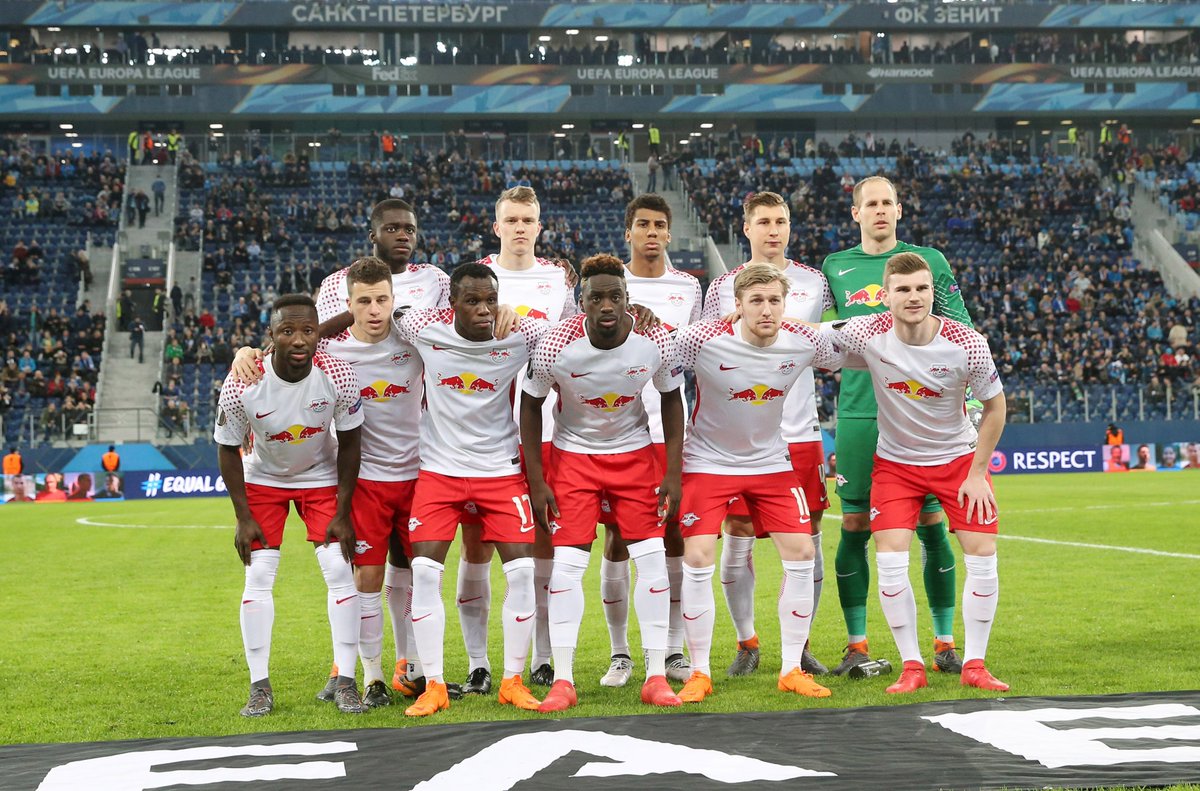
Regional football clubs hold a special place in the hearts of fans, embodying local pride and community spirit. These clubs, often overshadowed by their more illustrious counterparts, have stories filled with passion, resilience, and sometimes, unexpected triumphs. Regional football clubs are more than just teams; they're a reflection of the community's identity, history, and aspirations. From historic victories to heart-wrenching defeats, each club has a unique tale that resonates with fans far beyond the pitch. This post aims to shine a spotlight on 24 fascinating facts about these clubs, offering a glimpse into their rich heritage, notable achievements, and the unwavering support of their fans. Whether you're a die-hard supporter or a curious onlooker, these insights will deepen your appreciation for the world of regional football.
Understanding Regional Football Clubs
Regional football clubs, often the heart and soul of local communities, embody more than just the sport itself. They represent local culture, history, and the collective spirit of their supporters. Let's dive into some fascinating facts about these beloved institutions.
-
Many regional football clubs were founded over a century ago, with some dating back to the late 1800s. This longevity not only showcases their historical significance but also highlights their deep-rooted connection to the community.
-
Unlike major league teams, regional clubs often rely heavily on local talent. This focus nurtures homegrown players, providing a platform for local athletes to shine.
-
The stadiums of these clubs, while smaller than those of their top-tier counterparts, are renowned for their intimate atmosphere. Fans are closer to the action, creating a unique and electrifying match-day experience.
The Role of Fans in Regional Clubs
Fans of regional football clubs are known for their unwavering loyalty and passion. Their support goes beyond just attending matches; it's a part of their identity.
-
In many cases, the supporters' groups of these clubs engage in community service and charitable activities, strengthening the bond between the club and its local area.
-
The rivalries between regional clubs can be intense, often based on historical, geographical, or political factors. These derbies are highly anticipated events, bringing an extra layer of excitement and community pride to the matches.
-
Some regional clubs have fan ownership models, where supporters have a say in the club's decisions. This democratic approach fosters a deeper connection and sense of responsibility towards the club's welfare.
Financial Struggles and Triumphs
Despite their rich history and dedicated fanbase, many regional football clubs face financial challenges.
-
Limited revenue streams, compared to larger clubs, mean that financial management is crucial for survival. Creative fundraising and careful budgeting are often key strategies.
-
Sponsorship deals with local businesses are common, providing mutual benefits. These partnerships help clubs financially while offering businesses valuable exposure to the community.
-
Success in cup competitions can provide a significant financial boost. Prize money and increased ticket sales from extended cup runs can be vital for a club's budget.
Youth Development and Community Impact
Regional clubs play a crucial role in developing young talent and contributing to the community.
-
Youth academies and development programs are common, offering local youngsters a pathway to professional football.
-
These clubs often engage in community outreach programs, such as coaching in schools and organizing football camps. Such initiatives help promote sportsmanship and physical activity among the youth.
-
The presence of a football club can have a positive economic impact on a region, boosting local businesses on match days and attracting tourism.
Unique Traditions and Cultures
Each regional football club has its own set of traditions and cultural nuances, making them unique.
-
From special chants and songs to unique match-day rituals, these traditions are cherished by fans and players alike.
-
Club mascots often have interesting backstories, reflecting local folklore or history. They add to the match-day entertainment and engage with fans, especially the younger ones.
-
Historic rivalries and legendary matches are commemorated through memorabilia, museum exhibits, and special events, keeping the club's legacy alive for future generations.
Overcoming Challenges
Regional football clubs often face various challenges but have shown resilience and adaptability.
-
Climate and geographical factors can affect clubs, especially those in remote areas. Adapting to these conditions is part of their identity.
-
The digital age presents both challenges and opportunities. While it's harder to compete with the global reach of larger clubs, social media offers a platform to engage with a wider audience.
-
Community support is crucial during tough times. Fundraisers, volunteer work, and local government support can help clubs navigate financial difficulties.
The Future of Regional Football Clubs
Looking ahead, the future of regional football clubs remains bright, thanks to their adaptability and the unwavering support of their communities.
-
Innovations in fan engagement, such as virtual match-day experiences, are being explored to keep up with changing times.
-
Sustainability initiatives, including eco-friendly stadiums and practices, are becoming more common, reflecting a commitment to environmental responsibility.
-
Partnerships with educational institutions offer mutual benefits, such as facilities sharing and community programs, ensuring the club's integral role in the community continues.
-
The rise of women's football provides an exciting avenue for growth, with many clubs establishing or expanding their women's teams.
-
Investment in better youth facilities and coaching staff is seen as key to long-term success, ensuring a steady pipeline of talent.
-
Finally, the spirit of resilience and community that defines regional football clubs ensures they will continue to thrive, regardless of the challenges they face.
A Final Whistle on Regional Football Clubs
We've journeyed through the passionate world of regional football clubs, uncovering tales of triumph, community spirit, and undying love for the beautiful game. These clubs, often overshadowed by their colossal counterparts, hold stories worth telling, embodying the true essence of football. They're not just teams; they're families, they're histories, they're the heartbeats of towns and cities. Supporting them isn't just about watching football; it's about preserving heritage, fostering local talent, and keeping the community spirit alive. So, next time you're looking for a match to watch, consider one of these clubs. You might just fall in love with the game all over again. Remember, every giant club started somewhere small. Your support could be what propels the next great story in football history.
Was this page helpful?
Our commitment to delivering trustworthy and engaging content is at the heart of what we do. Each fact on our site is contributed by real users like you, bringing a wealth of diverse insights and information. To ensure the highest standards of accuracy and reliability, our dedicated editors meticulously review each submission. This process guarantees that the facts we share are not only fascinating but also credible. Trust in our commitment to quality and authenticity as you explore and learn with us.


